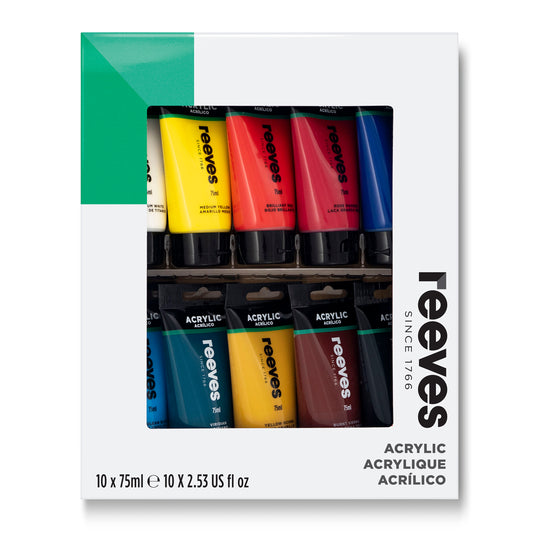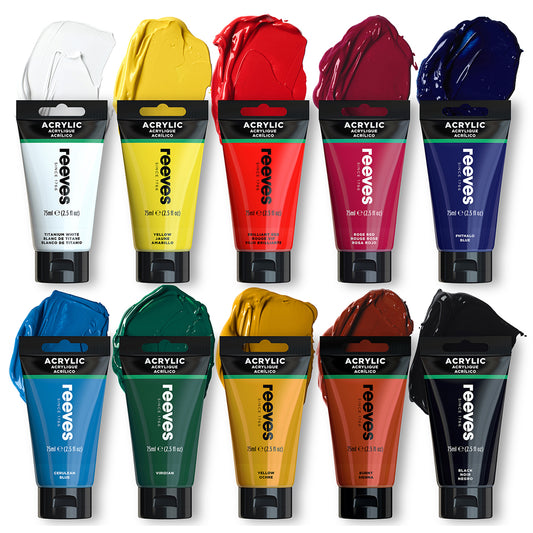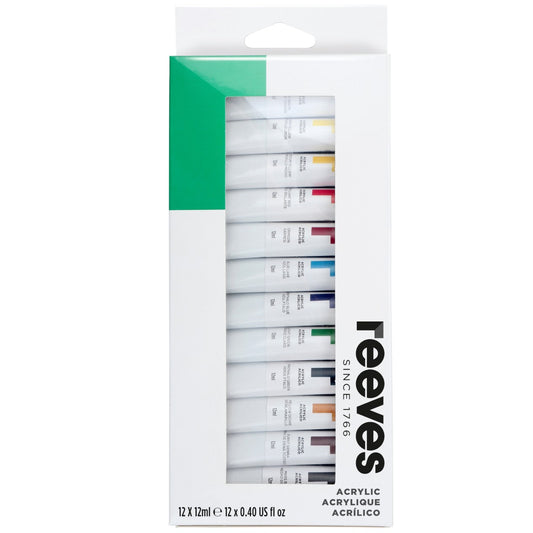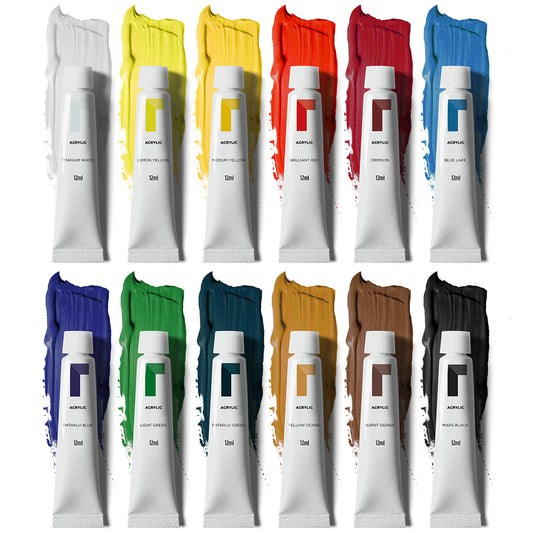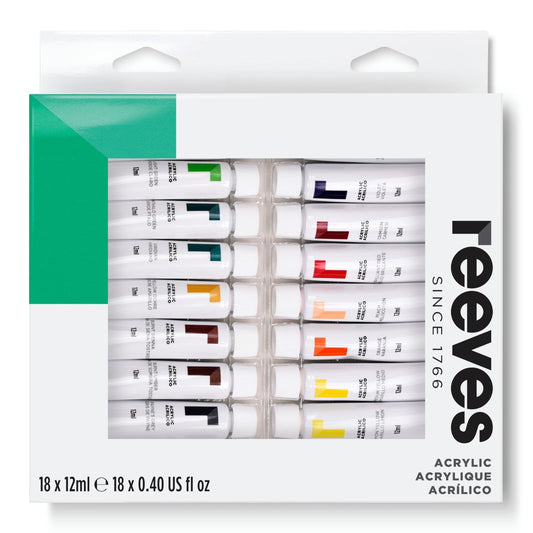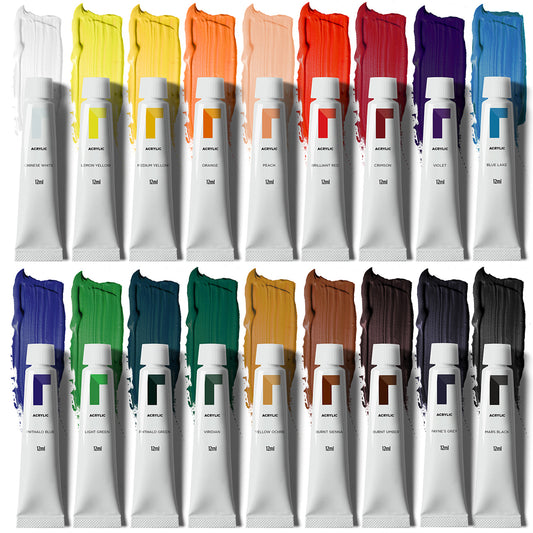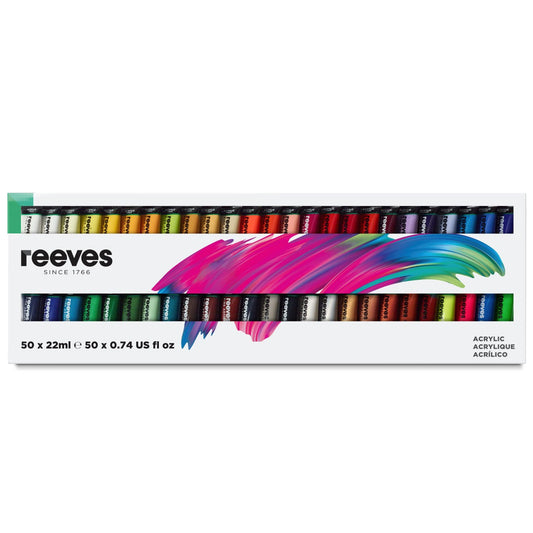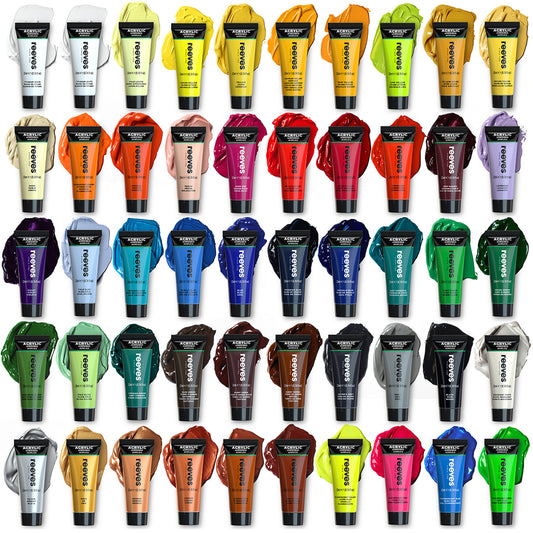
Acrylic Painting
Easy step by step guides, tips and tricks to get you started with Acrylic Paints.
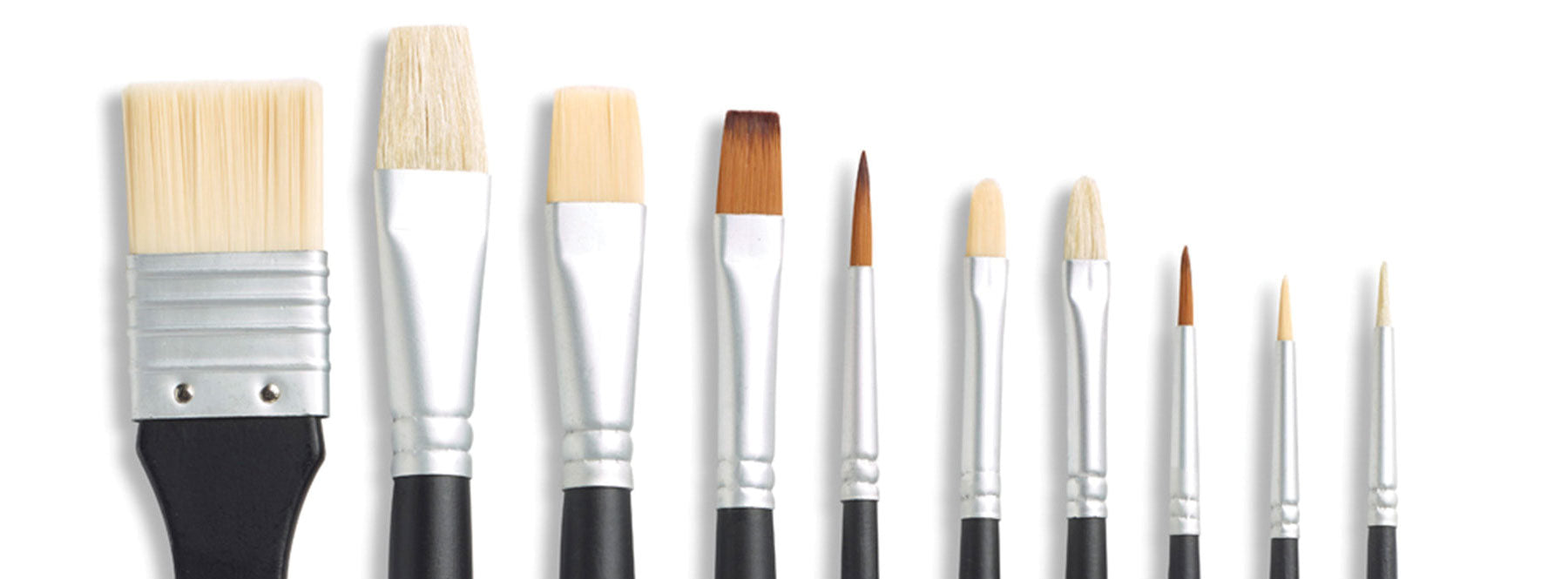
Choosing the Right Brush

Acrylic Painting for Beginners
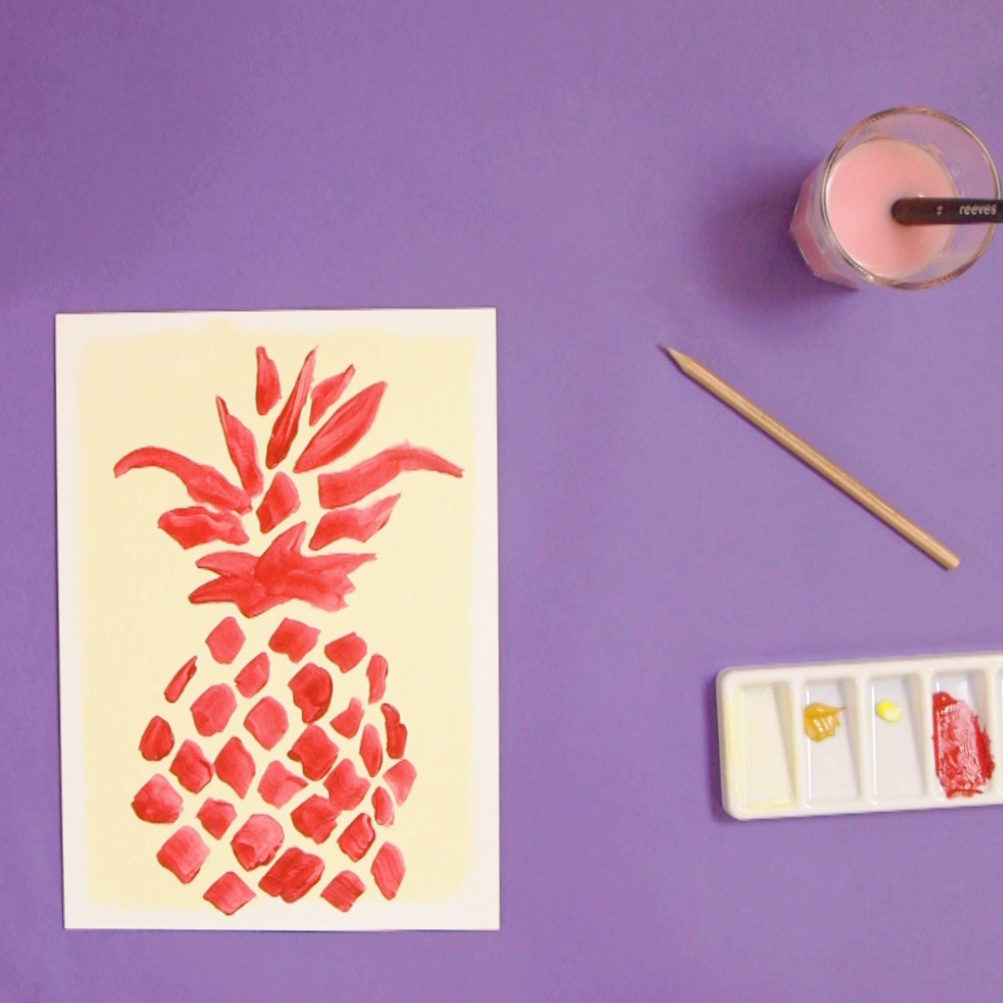
Easy Acrylic Painting: Pineapples
1
/
of
3
OUR FAVOURITES
-
Acrylic Paint Set - 10 x 75ml Tubes
Regular price £15.00 GBPRegular priceUnit price / per -
Acrylic Paint Set - 12 x 12ml Tubes
Regular price £15.00 GBPRegular priceUnit price / per -
Acrylic Paint Set - 18 x 12ml Tubes
Regular price £15.00 GBPRegular priceUnit price / per -
Acrylic Paint Set - 50 x 22ml Tubes
Regular price £15.00 GBPRegular priceUnit price / per
1
/
of
4

